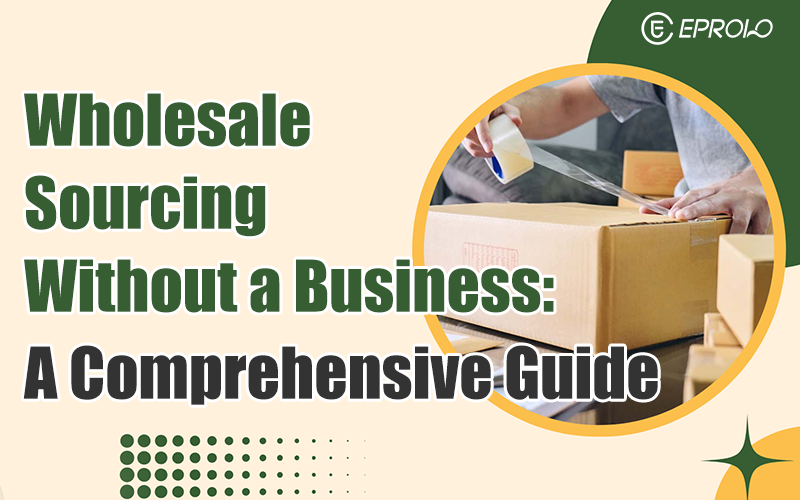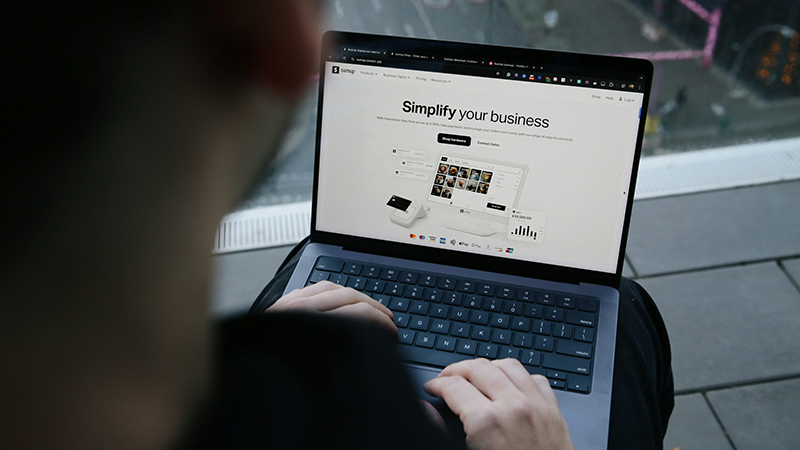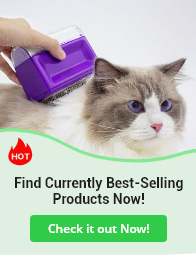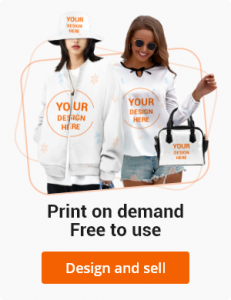Most wholesale suppliers require business licenses, tax IDs, and minimum orders that scare off individual buyers. But here’s what they don’t tell you: many suppliers will work with individuals if you approach them correctly.
The key is understanding what suppliers actually need and preparing yourself to meet those requirements, even as an individual.

Page overview:
Step 1: Establish Your Legal Foundation (Even as an Individual)
Step 2: Understand What Suppliers Actually Want
Step 3: Choose Your Sourcing Strategy
Step 4: Calculate Your Real Costs
Step 5: Build Relationships That Last
Common Mistakes That Kill Success
Step 1: Establish Your Legal Foundation (Even as an Individual)
Get Your EIN First
You can get a Federal Tax ID (EIN) as a sole proprietor without forming a business entity. This single step dramatically improves your credibility with suppliers.
How to Get One:
- Go to IRS.gov (never pay third-party services)
- Apply online as a sole proprietor
- Use your Social Security Number as the responsible party
- Receive your EIN immediately (free)
Why This Matters: Most suppliers require either a business license or EIN. This gives you the second option immediately.
Handle Tax Requirements
Any profit you make reselling products is taxable income. Set up proper tracking from day one:
- Track every purchase and sale
- Keep receipts for all business expenses
- Consider getting a sales tax permit (usually $25–$100)
Reality Check: You need the sales tax permit in many states if you’re reselling products, even without having a formal business license.
Step 2: Understand What Suppliers Actually Want
Their Real Concerns
Suppliers don’t require business credentials to be difficult. They need customers who:
- Pay invoices on time
- Order consistently (even if small amounts)
- Understand wholesale pricing works differently than retail
- Won’t create customer service headaches
What This Means for You
Focus on demonstrating these qualities rather than pretending to have a large business:
- Professional communication
- Clear payment ability
- Realistic order projections
- Industry knowledge
Step 3: Choose Your Sourcing Strategy
Strategy A: Direct Supplier Approach
Best for: People with specific niches and some startup capital ($1,000+)
Start Local: Search for “[your city] wholesale distributors” and “[product category] manufacturers [your state].” Local suppliers are more likely to work with individuals.
Email Template That Works:
Subject: New Retailer Inquiry – [Specific Product Category] Hi [Name], I'm launching a retail operation focused on [specific niche] and interested in carrying your [specific product line]. I have my EIN and sales tax permit in place, and I'm planning initial orders of [specific quantity] with monthly reorders as sales grow. Could you send wholesale pricing and minimum order information? Thank you, [Your name with EIN] [Professional email] [Phone number]
Strategy B: Alternative Wholesale Platform
Best for: People wanting to test products with lower risk
Wholesale marketplaces: These platforms specifically cater to smaller buyers and often have more flexible requirements than traditional suppliers.
Strategy C: EPROLO Dropshipping to Wholesale Path
Best for: Complete beginners with limited capital
Start with dropshipping to test products and build sales data, then use that data to approach traditional wholesale suppliers. This path lets you:
- Test market demand without inventory risk
- Build sales history to show suppliers
- Understand your costs and margins
- Transition to wholesale when ready

Step 4: Calculate Your Real Costs
Startup Budget Reality
| Essential Item | Cost Range |
|---|---|
| EIN application | Free |
| Sales tax permit | $25-$100 |
| Business bank account | $0-$25/month |
| Initial inventory | $500-2,000 |
| Product samples | $50-200 |
| Shipping supplies | $100-300 |
Working Capital Rule: Have 3x your first order amount available. If ordering $1,000 worth of products, have $3,000 in cash.
True Profit Calculation
Don’t just look at wholesale vs retail price. Calculate your real profit:
Example Product:
- Wholesale cost: $10
- Retail price: $25
- Gross profit: $15
Minus Real Costs:
- Shipping to you: $2
- Storage/handling: $1
- Shipping to customer: $3
- Platform fees: $1
- Payment processing: $0.75
- Net profit: $7.25 (29% margin)
Step 5: Build Relationships That Last
What Suppliers Actually Care About
- Payment reliability – Pay exactly when due
- Communication quality – Respond quickly with informed questions
- Growth potential – Show realistic scaling plans
- Order consistency – Regular reorders matter more than large one-time purchases
Negotiation When You’re Small
- Detailed market feedback on their products
- Professional product photography for their marketing
- Social media promotion (if you have engaged followers)
- Flexibility on delivery timing
- Upfront payment instead of requesting credit terms
Step 6: Execute Your Plan
Week 1: Foundation Setup
- Get EIN from IRS.gov
- Apply for sales tax permit
- Open business bank account
- Set up professional email
Week 2-3: Market Research
- Identify 5-10 potential suppliers in your niche
- Request samples from top 3 suppliers
- Set up EPROLO account as backup option
- Create simple website or landing page
Week 4: First Contact
- Send professional inquiries to suppliers
- Test samples when they arrive
- Follow up consistently but not aggressively
- Begin small-scale testing (dropshipping or minimal inventory)
Month 2+: Scale Based on Results
- Place initial wholesale orders with suppliers who responded positively
- Build payment history through consistent small orders
- Track all metrics: costs, margins, sell-through rates
- Gradually increase order sizes as cash flow allows
Common Mistakes That Kill Success
The “Testing” Trap
Never tell suppliers you’re ‘only testing’—this signals you’re not serious. Instead, say you’re “launching a focused retail operation.”
Price-Only Focus
The cheapest supplier often costs more in the long run through quality issues, shipping delays, or poor customer service.
Underestimating Cash Flow
Most suppliers require payment upfront or within 15 days. Don’t expect credit terms until you’ve proven reliability over several orders.
Why EPROLO Makes Sense for Beginners
While building traditional supplier relationships takes time, EPROLO provides immediate access:
No Business Barriers:
- Start sourcing immediately with no credentials
- No minimum orders for dropshipping
- Test products without inventory investment
Professional Infrastructure:
- Quality control and inspections handled
- International sourcing complexity managed
- Inventory tracking and customer service support
- Transition to wholesale pricing as you grow
Business Development:
- Build sales data to show traditional suppliers
- Learn product sourcing without major financial risk
- Develop systems and processes for scaling

The Path Forward
Success in wholesale sourcing without a business comes down to preparation and persistence. You need to be more professional than established businesses to overcome the credibility gap.
Start with the legal foundation (EIN and sales tax permit), choose the sourcing strategy that fits your situation and budget, and focus on building genuine relationships rather than trying to appear bigger than you are.
Whether you start with traditional suppliers, alternative platforms, or EPROLO’s dropshipping-to-wholesale path, the key is taking action while maintaining realistic expectations about costs, timelines, and profit margins.
Most successful businesses started exactly where you are now. The difference between success and failure usually comes down to preparation, persistence, and treating your sourcing activities like the real business foundation they represent.








